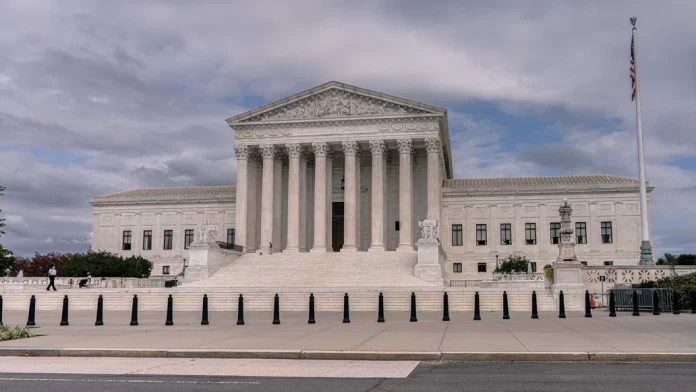
On Monday, the U.S. Supreme Court agreed to hear two cases that challenge affirmative action admittance practices at universities and SCOTUS precedent.
The companion cases ask the U.S. Supreme Court to throw out its 2003 ruling in Grutter v. Bollinger, where the court held that the University of Michigan Law School could consider race as a “soft variable” for applicants. The cases also ask the court if private universities can adopt race-based admissions that public universities are barred from under the Equal Protection Clause and if universities can reject race-neutral admission considerations that would change the composition of a student body without proving the alternative would hurt the school.
Both lawsuits were brought in 2014 by the non-profit organization Students for Fair Admissions and allege that Harvard University and the University of North Carolina, the nation’s oldest private and public colleges respectively, unconstitutionally use race as criteria in their admission processes.
The complaint against Harvard alleges the university violates Title VI of the of the Civil Rights act by “employing racially and ethnically discriminatory policies and procedures” that intentionally limit the number of Asian American students admitted and that race is used as the “defining feature” of student applications. A U.S. District Court for the District of Massachusetts ruled against Students for Fair Admissions after a 15-day bench trial with 30 witnesses in 2019. The First Circuit Court of Appeals upheld the decision in 2020, finding that Harvard proved it met all Grutter requirements to defend the consideration of race in its admission process. At the First Circuit, the case attracted 20 amicus briefs voicing support of Harvard and Students for Fair Admissions.
Students for Fair Admissions filed its writ of certiorari in the Harvard case in February 2021 which attracted 22 amicus briefs urging the Supreme Court to hear or decline the appeal.
The second lawsuit, against the University of North Carolina, presents the same Title VI argument but Students for Fair Admissions argue that the school’s admission procedures, as a public university, also violate the Equal Protection Clause of the 14th Amendment. Even though it was filed in 2014, a decision in the UNC lawsuit was made only recently by the federal district court for the Middle District of North Carolina in October 2021. A district court judge ruled in favor of UNC in a 160-page opinion, agreeing the university proved it had an educational benefit from having “a diverse student body” and that race was considered as a flexible factor in line with Supreme Court precedent.
Students for Fair Admissions appealed the UNC decision directly to the Supreme Court, sidestepping review by the Fourth Circuit Court of Appeals. The petition for certiorari, filed November last year, also attracted an impressive list of amicus curiae asking the court to hear or leave the case.
Lower courts in the Harvard and UNC lawsuits relied on the Supreme Court’s decision in Grutter. On appeal, Students for Fair Admissions asks the high court to reconsider the 2003 decision.
Both Supreme Court petitions argue that the court’s decision in Grutter conflicts with “the principle of race neutrality” protected by Title VI, the 14th Amendment and precedent established by the Supreme Court in the 1954 landmark case Brown v. Board of Education. “To this end, Grutter endorsed racial objectives that are amorphous and unmeasurable and thus incapable of narrow tailoring,” wrote Students for Fair Admissions in the companion petitions.
In a brief order on Jan. 24, the Supreme Court consolidated the two appeals and allotted one hour for oral argument.
While the lawsuits single out Harvard and UNC, the case could impact universities across the country that consider applicants’ race during admission.
In 2016, the Supreme Court, in a 5-2 split, ruled that the admissions process at the University of Texas at Austin, which could consider race as a sub-factor in admission criteria, didn’t violate the Equal Protection Clause.
Justices Clarence Thomas and Samuel Alito dissented from the majority decision in the University of Texas Case, arguing that the school hadn’t satisfied strict security over the consideration of race in admission processes. Thomas added he’d overrule Grutter. Justices John Roberts, Stephen Breyer and Sonia Sotomayor joined former Justice Anthony Kennedy in the majority opinion. Justice Elena Kagan took no part in considering the case.
The 2022 Supreme Court looks much different than the 2016 court, however, currently sitting at a 6-3 conservative majority. It’s unclear how the court’s newest conservative justices, Justices Neil Gorsuch, Brett Kavanaugh and Amy Coney Barrett, will rule on the issues.
The cases are Students for Fair Admissions v. President and Fellows of Harvard (20-1199) and Students for Fair Admissions v. University of NC, et al (21-707).

